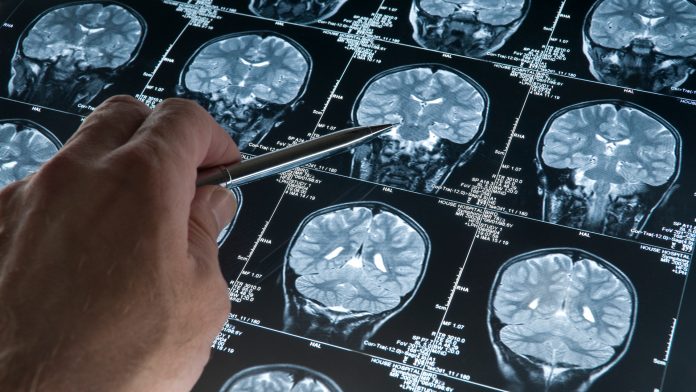
The results of a world-first study that recorded blood oxygen levels could explain why memory loss is a symptom of Alzheimer’s disease.
Scientists from the University of Sussex have provided experimental proof for why the area, commonly referred to as ‘the brain’s memory centre’, is vulnerable to damage and degeneration, a precursor to Alzheimer’s disease.
University of Sussex researchers, headed up by Dr Catherine Hall from the School of Psychology and Sussex Neuroscience, studied brain activity and blood flow in the hippocampus of mice. They then used simulations to predict that the amount of oxygen supplied to hippocampal neurons furthest from blood vessels is only just enough for the cells to keep working normally.
The findings have been published in Nature Communications.
Preventative measures and treatments for Alzheimer’s disease
Dr Catherine Hall, Senior Lecturer in Psychology at the University of Sussex, said: “These findings are an important step in the search for preventative measures and treatments for Alzheimer’s, because they suggest that increasing blood flow in the hippocampus might be really effective at preventing damage from happening.
“If it’s right that increasing blood flow in the hippocampus is important in protecting the brain from diseases like Alzheimer’s, then it will throw further weight behind the importance of regular exercise and a low-cholesterol diet to long-term brain health.
“We think that the hippocampus exists at a watershed. It’s just about OK normally, but when anything else happens to decrease brain blood flow, oxygen levels in the hippocampus reduce to levels that stop neurons working. We think that’s probably why Alzheimer’s disease first causes memory problems – because the early decrease in blood flow stops the hippocampus from working properly.
“The same factors that put you at risk of having a heart attack make you more likely to develop dementia. That’s because our brains need enough blood flow to provide energy – in the form of oxygen and glucose – so brain cells can work properly, and because blood flow can clear away waste products such as the beta amyloid proteins that build up in Alzheimer’s disease.
“Now we want to discover whether the lower blood flow and oxygen levels in the hippocampus are what causes beta amyloid to start to build up in Alzheimer’s disease. Understanding what causes early damage will be really important to help us learn how to treat or prevent disease.”
Blood flow and oxygen levels in the hippocampus
Dr Kira Shaw, a psychology researcher at the University of Sussex who undertook the main experiments, reported: “We found that blood flow and oxygen levels in the hippocampus were lower than those in the visual cortex. Also, when neurons are active, there is a large increase in blood flow and oxygen levels in the visual cortex. This provides energy to hungry neurons. But in the hippocampus, these responses were much smaller.”
The scientists also found that blood vessels in the hippocampus contained fewer mRNA transcripts (codes for making proteins) for proteins that shape blood vessel dilation. Additionally, the cells that dilate small blood vessels, called pericytes, were a different shape in the hippocampus than in the visual cortex.
Dr Shaw concluded: “We think blood vessels in the hippocampus are less able to dilate than in the visual cortex.”









